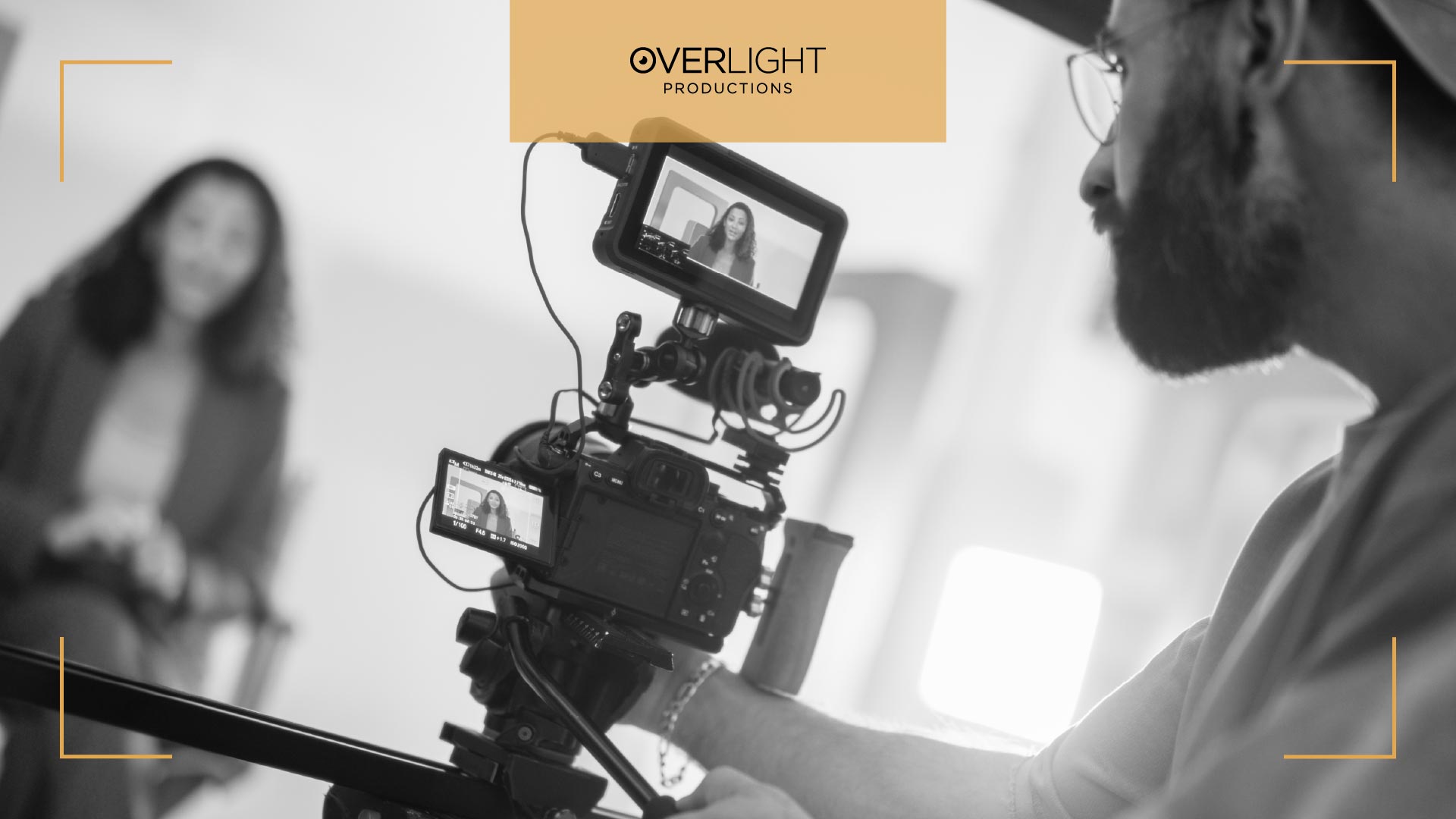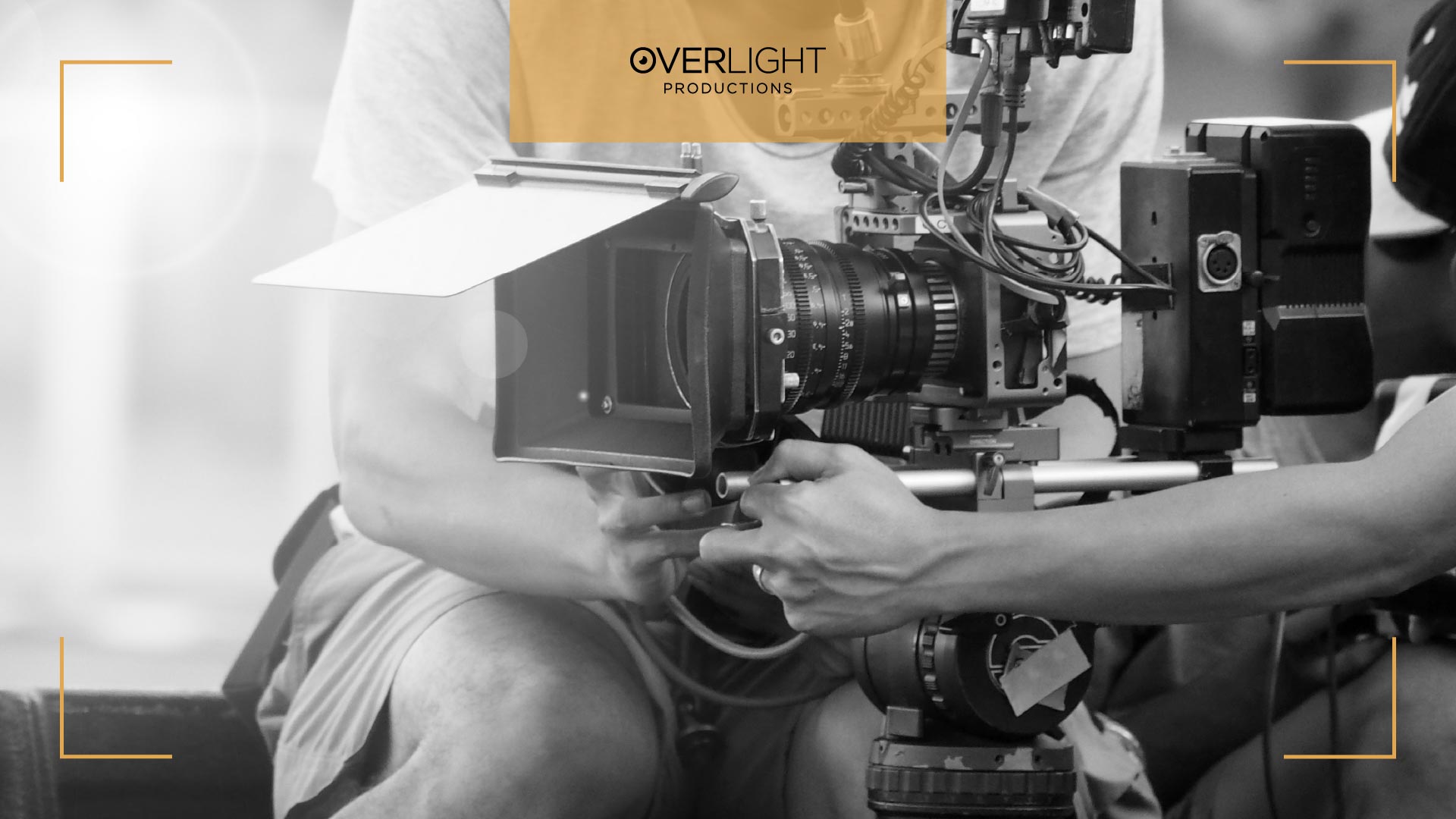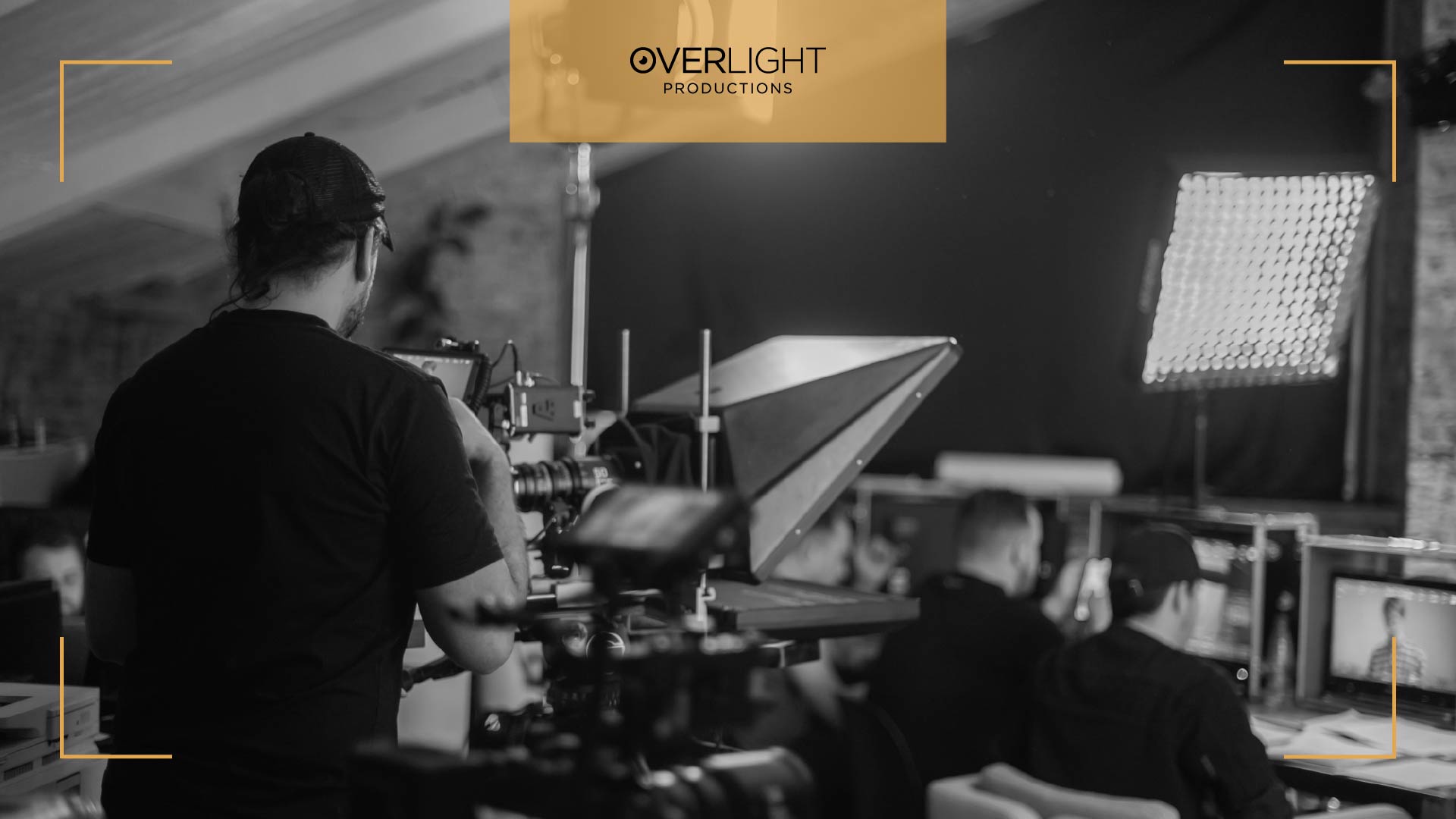 10 - September - 2025
10 - September - 2025
Did you know that cinematography and videography both aim to create lasting memories and capture moments that are crafted into aesthetic stories.
Usually, cinematography and videography are considered the same. From the place of work, the tools used, camera angles and all the way to the end results—there are some similarities and differences between them.
This blog will highlight the key differences between these two similar but not identical forms of art.
Let’s start by differentiating them based on the definitions.
What is Cinematography?
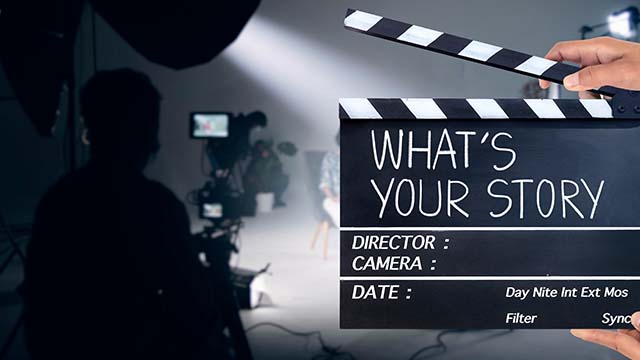
When it comes to filmmaking, a cinematographer leads the team. He ensures that the visuals complement the story line.
Cinematographers are also known as the director of photography in films, but their role remains constant regardless of the title.
Their primary goal is to craft a cinematic experience that evokes particular emotions in the audience when watching a movie.
To achieve the desired shots in photography or filmmaking, these individuals have the final say in choosing lenses, lighting setups, and camera angles.
Read also: How to Create a Video Advertisement for a Small Business
What is Videography?
A videographer’s main role is to capture events through video recording without the support of a team or crew members like in movies or TV shows.
While cinematographers are responsible for shooting high budget productions such as films or commercials.
According to Bureau of Labor Statistics, careers in videography are projected to expand up to 12% by 2031.
With this rise in employment opportunities, videographers should focus their efforts on understanding camera angles and editing software while also enhancing their connections with experts in the field.
Key Differences Between Cinematography and Videography
Aspect | Cinematography | Videography |
Purpose | Aims to create a cinematic, polished, and emotional experience. Used to tell stories or create a mood. | Aims to capture and record events or content efficiently, with a focus on documentation rather than artistic direction. |
Style | Highly stylized, dramatic, and planned. It involves scripting, storyboarding, and mood boards. | Straightforward and functional. Often minimal editing with a more natural and realistic feel. |
Production Scale | Usually involves a larger crew—directors, DOPs, lighting specialists, editors, etc. | Often handled by a single videographer or a small team. |
Equipment Used | High-end cinema cameras, lighting rigs, dollies, gimbals, and editing software for film-grade results. | DSLR or mirrorless cameras, handheld stabilizers, tripods, and basic editing software. |
Budget | Higher cost due to creative direction, equipment, and post-production work. | More affordable, ideal for smaller budgets or quick turnaround projects. |
Post-Production | In-depth editing, color grading, sound design, and effects. Final output often looks like a movie or short film. | Basic editing, cutting, and trimming with minimal effects. The goal is clarity and accuracy rather than drama. |
Ideal For | Brand films, commercials, music videos, fashion shoots, luxury product launches, and promotional campaigns. | Corporate events, webinars, interviews, training videos, behind-the-scenes, and social media content. |
Creativity Level | High creative input with visual storytelling, mood setting, and emotional engagement. | Lower creative demand, more technical and practical in nature. |
Storytelling | Focused on storytelling with characters, mood, and narrative arc. | Focused on capturing reality as it happens. Little to no narrative structure. |
Read also: Why Video Marketing Is So Powerful
Which Should Your Business Choose?
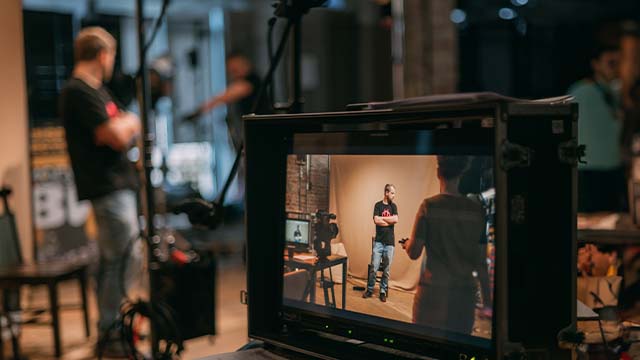
Choose Cinematography if:
- You are a luxury brand or fashion label looking to create visually stunning ads or brand stories.
- You want a product launch video that feels like a film or an emotional brand experience.
- You are producing music videos, documentaries, or cinematic ads that need storytelling and mood.
- You are aiming to leave a strong impression through emotion, visuals, and storytelling.
Choose Videography if:
- You are a corporate company needing training or event documentation videos.
- You need affordable and fast video content for internal or social media use.
- You are hosting a seminar, conference, or wedding, and want clean, real-time footage.
- You need interview clips, vlogs, or daily video updates for marketing.
Why Choose Video Production Services in Dubai?
Dubai stands out as a center of creativity and modern design excellence—creating a setting, for top-notch video content production.
Whether you're aiming to boost brand visibility, capture an event, or a narrative, videos can add a touch of sophistication to your message.
Capturing moments through videography is essential. Adding direction and emotion through cinematography transforms simple footage into engaging stories. This combination not only creates visual impact but also builds deep connections with viewers.
This is where Overlight Productions stands out. We are recognized as one of the best video production companies in Dubai for our creativity and technical know how.
We specialize in producing a wide range of videos including corporate videos, web series, event coverage, and social media content that perfectly matches your brand’s image.
Our talented team of videographers skillfully breathe life into stories with a mix of precision and flair.
FAQs
What is the difference between video and filmmaking?
Movies are lengthier as compared to videos; they are usually shorter in duration. Videos typically range from 3 to 30 minutes whereas movies can last from 1 to 3 hours. Due to their duration and scope of storytelling, films demand time, resources, financial investment, and personnel involvement in their production as compared to videos. The financial aspect is a distinguishing factor between video and film making.
Is cinematography the same as cameraman?
Although both a cinematographer and a camera operator deal with cameras and are part of the process of capturing elements for a project, the cinematographer is in charge of the creative vision as a whole. Whereas the cameraman concentrates solely upon bringing that vision to life during the filming process.
What is the difference between cinematic and cinematography?
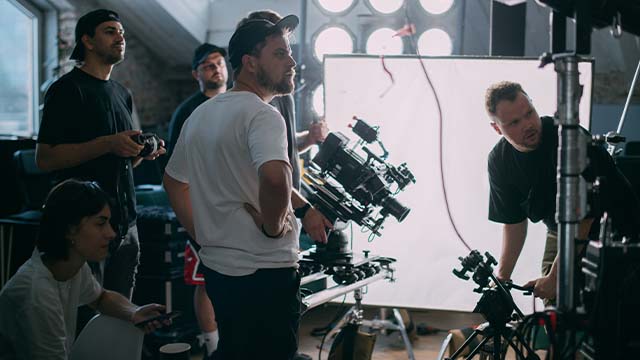
Cinematography is an art that involves creating a sequence of images that when played back at speeds give the illusion of motion on screen. Cinematic refers to something that looks like a movie.
The artistry involved in cinematography shares considerations with photography. These encompass aspects such as qualities which involve factors like contrast and exposure levels within a film.
What do you call a person who loves cinematography?
Someone who has a love for movies is known as a cinephile besides being called a filmophile or cinemaphile formally. For them, movies are more than just entertainment; they tend to analyze and appreciate films critically.
